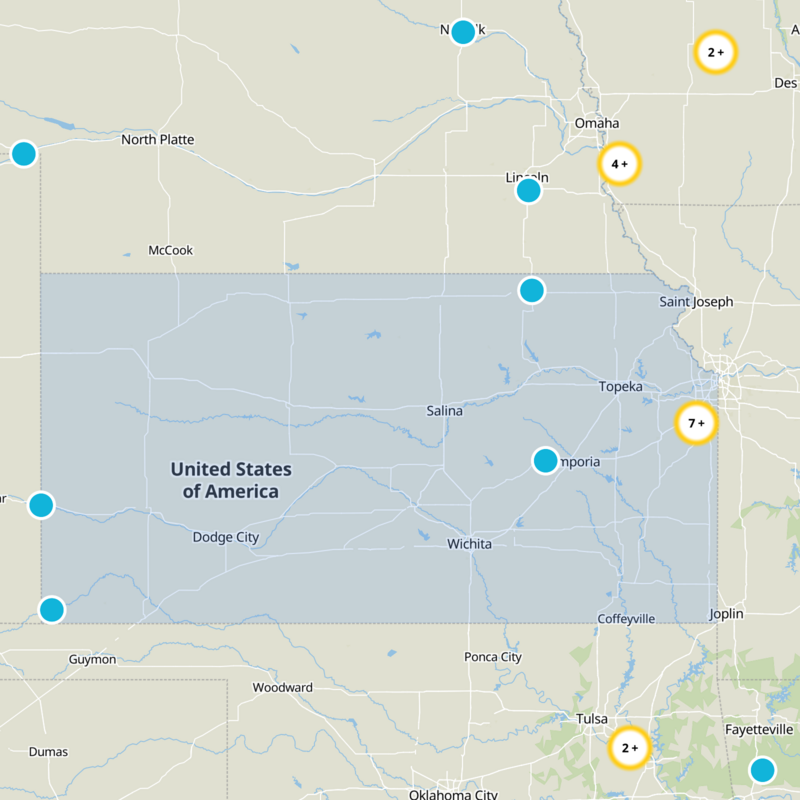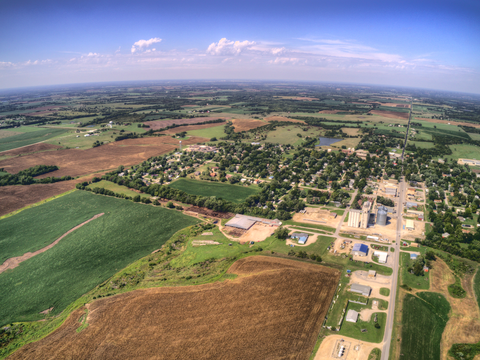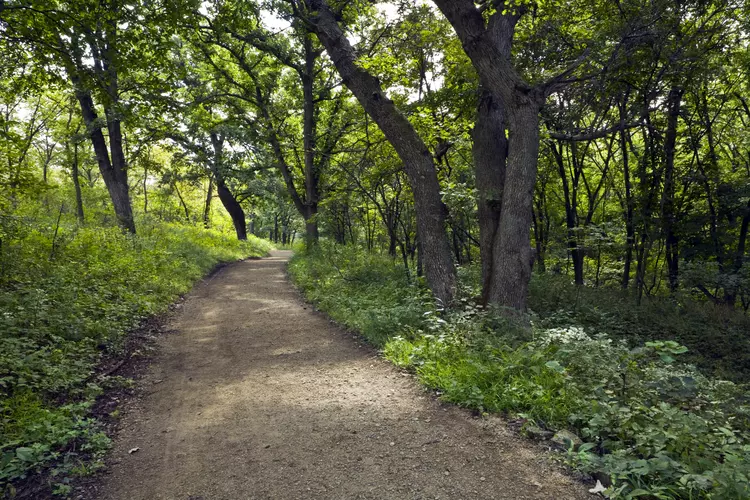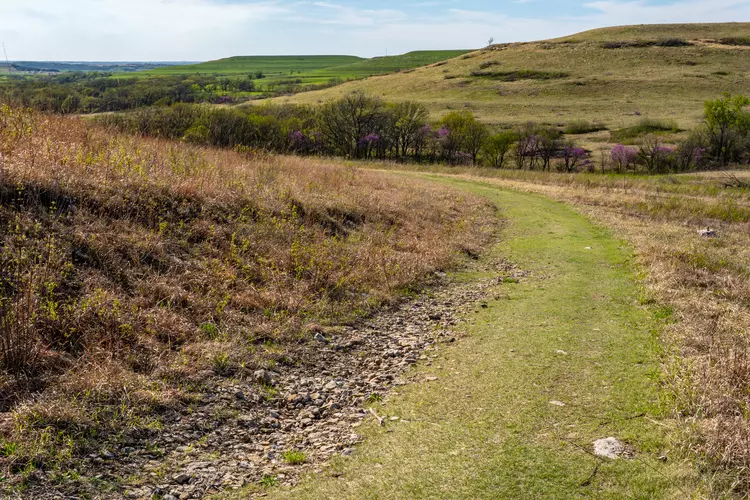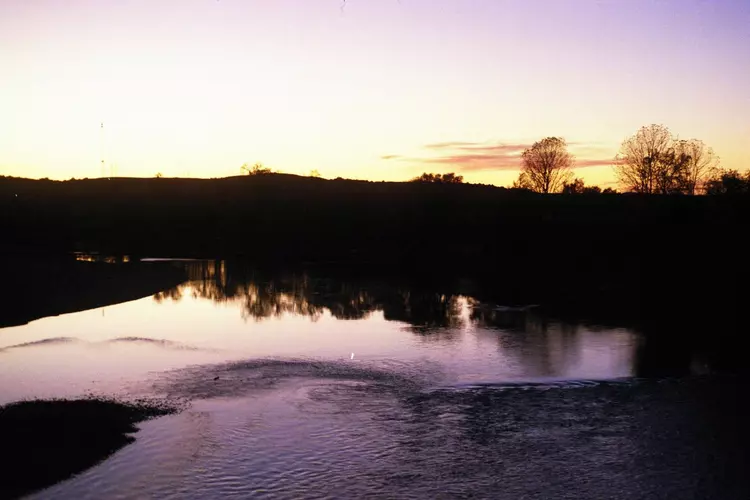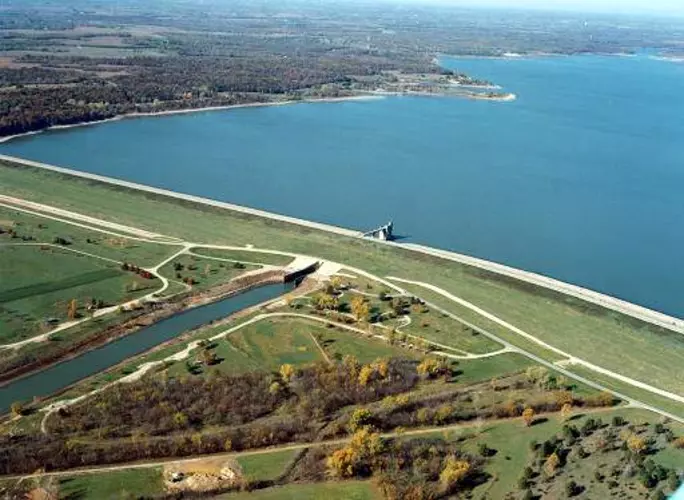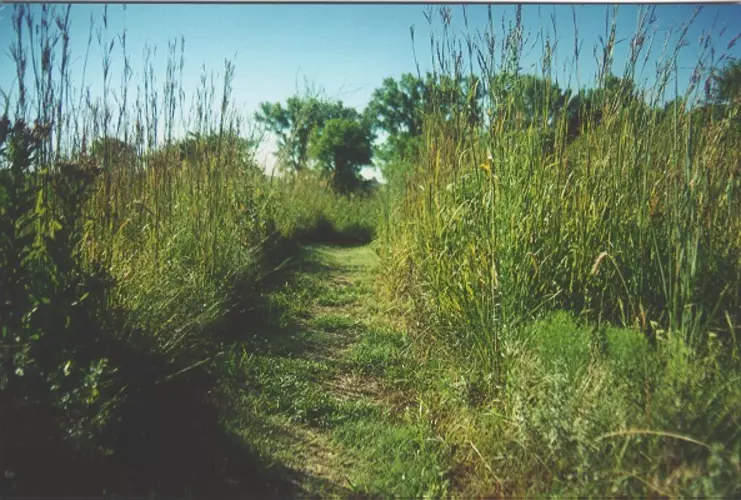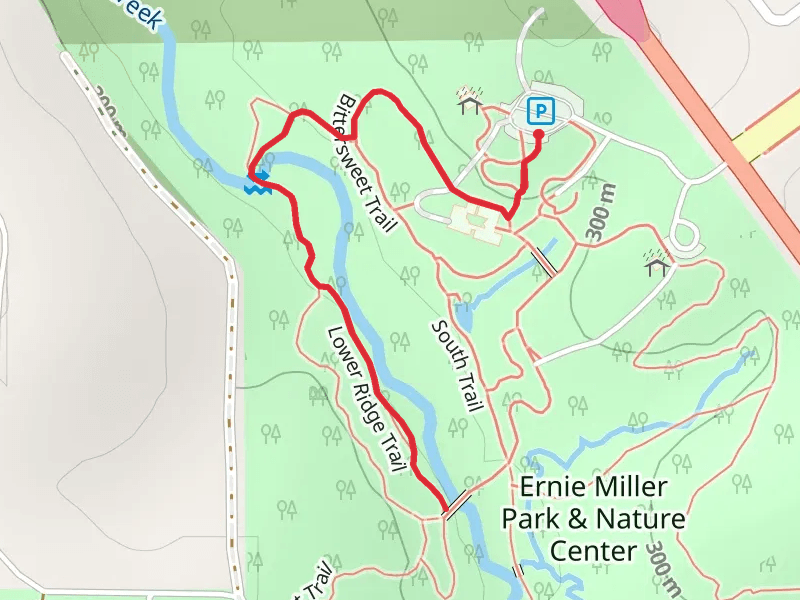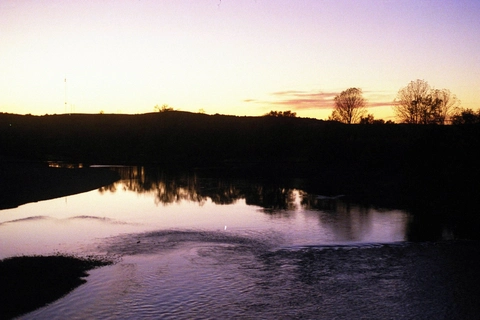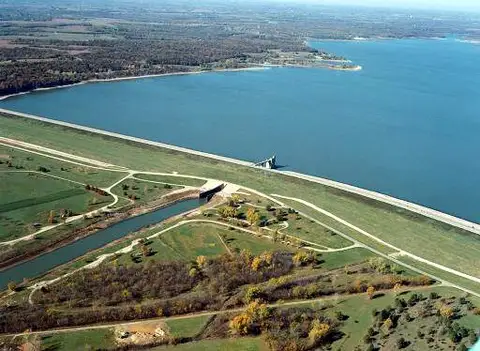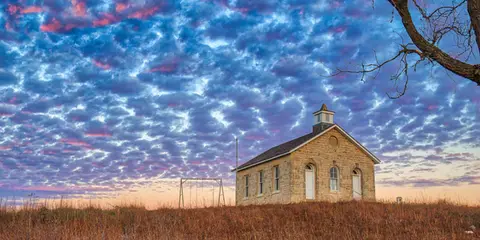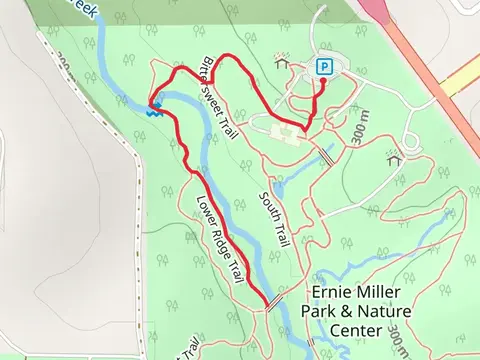"Discover Kansas' serene trails, where prairies, hills, and hidden gems offer breathtaking natural beauty."
Embark on a journey through Kansas, where the vast prairies and rolling hills offer a unique hiking experience. Discover the Flint Hills, where tallgrass prairies sway in the breeze, and the Konza Prairie Trail reveals breathtaking vistas and diverse wildlife. Explore the rugged beauty of the Gypsum Hills, with its striking red rock formations and hidden canyons. Kansas' trails promise solitude, serenity, and a chance to connect with nature's quiet beauty, inviting hikers to explore its hidden gems.
Most popular hikes
FAQs about hiking in Kansas






